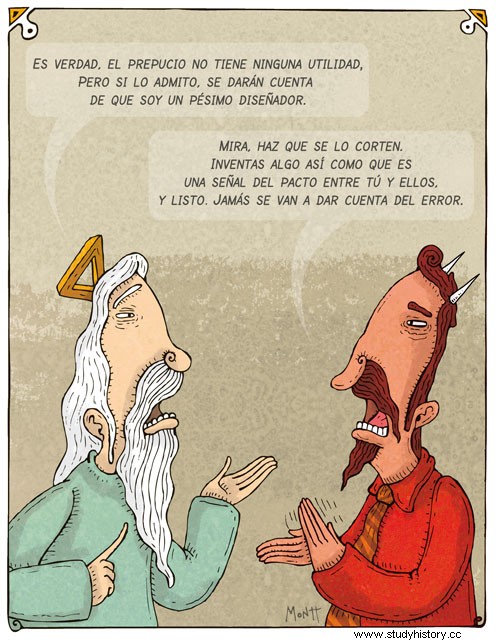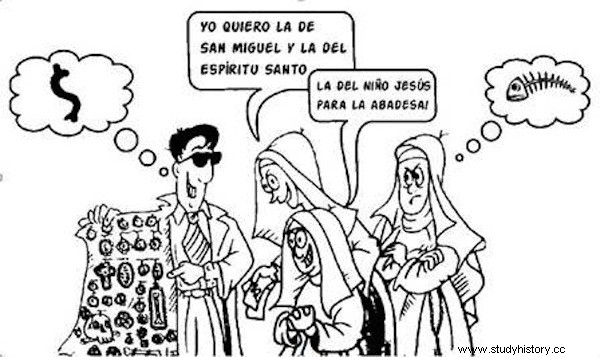In the Catholic Church they are called relics to the bodies of saints, or to parts of their bodies, and to objects that may have belonged to or been in contact with them. The cult of relics can be traced back to the early years of Christianity, as a result of persecution and martyrs for the faith. Around the relics, it has always been considered if behind them there is a historical reality and a scientific basis that can demonstrate, at least, its antiquity or, simply, it is the result of excessive devotion and smoke sellers who wanted to get some benefit, because Miraculous powers are attributed to them. Thus the relics became an object of prestige for the place where they were venerated and an important source of income. If we add the miraculous powers and the source of income to the excessive and unquestioning devotion, we have the perfect foundation for rogues and swindlers to build their businesses. In addition, fed by the Church itself because since the fourth century the fragmentation of the bodies of the saints was authorized to distribute them, because, no matter how small the fragment, it maintained its virtue and its miraculous powers. The trade in relics became a business... until the 13th century, when the Lateran Council prohibited the trade and veneration of relics without a "certificate of authenticity" (they could only be venerated if they had the OK of the Church). ).

Parallel to the best known and that may have a certain history or legend, there are others that, due to their quantity or rarity, are more typical of those who act in bad faith taking advantage of the good faith of others:
- The thirty coins that Judas received for the betrayal have become about two hundred (here, at least 170 are false)
- Of Saint John the Baptist, who baptized Jesus Christ and died beheaded, several heads and more than sixty fingers are venerated (not even adding the fingers and toes do the beads come out)
- Being a Jew, Jesus Christ was circumcised a few days after his birth... today three foreskins are venerated. There is no need to do the math here, but one might wonder if when he was resurrected he did so with or without a foreskin.
- A blade of straw from the manger of the baby Jesus (this is already curling the curl a lot)
- Piece of tablecloth from the Last Supper. Thanks to Leonardo Da Vinci's painting we know that, at least, the table had mental.
- Charcoal with which he was martyred in the San Lorenzo grill (charcoal is firewood burned but not consumed)
- A stone with which Saint Stephen was stoned (and we continue to loop the loop)
- Tooth of Saint Apollonia (she was martyred by having her teeth pulled out). She indeed she is the patron saint of dentists.
- …

Image:Daily Doses (Alberto Montt)
